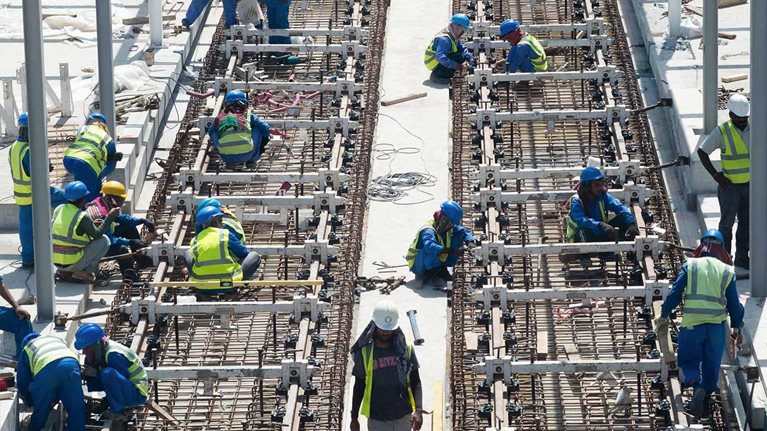In a wide-ranging conversation, participants explored how to direct more private and public investment toward the sustainable infrastructure needed to meet climate change commitments and the UN Sustainable Development Goals.
Context: Today the world invests around $2.5 trillion per year in the transportation, power, water, and telecom systems on which businesses and populations depend. Yet this tremendous sum continues to fall short of the world’s ever-expanding needs, which leads to deprivation of essential services and lower economic growth. According to the most recent McKinsey Global Institute findings, from 2016 through 2030, the world needs to invest about 3.8 percent of GDP, or an average of $3.3 trillion a year, in economic infrastructure just to support expected rates of growth. Emerging economies account for some 60 percent of that need. But if the current trajectory of underinvestment continues, the world will fall short by roughly 11 percent, or $350 billion a year. The size of that gap triples when incorporating the additional investment required to meet the new UN Sustainable Development Goals. This roundtable, drawing from the insights of the world’s leading investors and developers, discussed best practices and new models to develop bankable, sustainable infrastructure.
Some of the key themes included:
- Infrastructure lies at the intersection of many global efforts. Infrastructure is the connection between global growth, delivering COP21 Goals and Sustainable Development Goals. There is an opportunity for better outcomes by increasing the dialogue between professionals working in project development and finance and those working in sustainable development goals.
- Focus needs to be directed to developing a pipeline of good projects. Private capital is highly desirous of good infrastructure projects—but the supply is not meeting the demand. Multilateral Development Banks can work with the private sector to add a level of assurance on the equity and prove when investment risks in infrastructure are lower than expected. Demonstrating low risk can help institutional investors lower their demands on returns and increase bankability.
- Governments need help moving projects out the door. Governments can benefit from centralized agencies coordinating national infrastructure in cooperation with the private sector. The private sector, with a long-term outlook unconstrained by political timelines, is motivated to help prioritize projects and identify how each are best served by public and/or private capital.
- The public and private sectors need to increase collaboration. Standardization and a global “code of conduct” would go far to establish confidence in the private sector as good partners. This could include a regulatory framework, standardized alignment of return with risk, transparency principles and a construct for dispute resolution.
For detailed discussions of these topics, please see Bridging Global Infrastructure Gaps a McKinsey Global Institute report by Jonathan Woetzel, Nicklas Garemo, Jan Mischke, Martin Hjerpe, and Robert Palter and Financing change: How to mobilize private-sector financing for sustainable infrastructure by Aaron Bielenberg, Melissa Roberts, Mike Kerlin and Jeremy Oppenheim.

